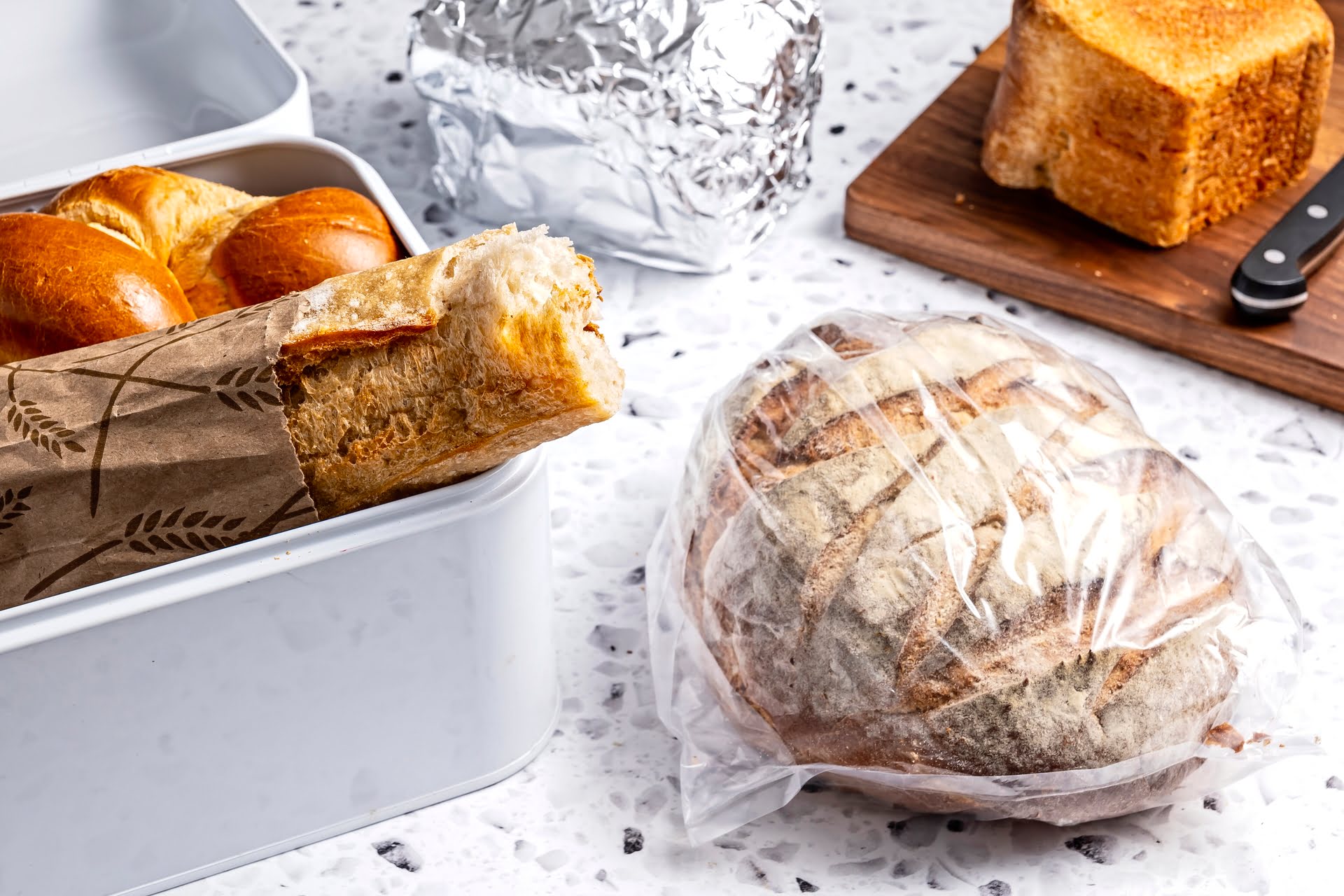

Articles
How To Store A Sourdough Loaf
Modified: February 29, 2024
Learn how to store your homemade sourdough loaf for maximum freshness and flavor with our helpful articles. Find expert tips and tricks for preserving your delicious sourdough bread.
(Many of the links in this article redirect to a specific reviewed product. Your purchase of these products through affiliate links helps to generate commission for Storables.com, at no extra cost. Learn more)
Introduction
Welcome to the wonderful world of sourdough bread! Sourdough is known for its distinct flavor, chewy texture, and delightful aroma. Whether you have just baked a homemade sourdough loaf or have brought one home from a local bakery, one important question arises: how to store the sourdough loaf to keep it fresh and delicious?
Proper storage is key to maintaining the quality of your sourdough bread. It not only prevents it from becoming stale and dry but also helps to preserve its unique taste and texture. In this article, we will explore various methods to store a sourdough loaf and keep it fresh for longer.
With a little bit of effort and the right storage method, you can extend the lifespan of your sourdough loaf and continue to enjoy its amazing flavors. So, let’s dive into the world of sourdough storage and ensure that every bite of your bread is as delightful as the first!
Key Takeaways:
- Proper storage of sourdough bread is crucial for maintaining its unique flavor and texture. Choose the right method based on air circulation, moisture control, and convenience to enjoy fresh bread for longer.
- Freezing sourdough bread is an effective way to preserve its freshness for later enjoyment. Ensure proper wrapping and labeling, and use various methods to refresh and reheat stale bread for a delightful treat.
Read more: How To Store Sourdough Loaf
Choosing the Right Storage Method
When it comes to storing a sourdough loaf, the right storage method can make all the difference in maintaining its freshness and flavor. Here are a few factors to consider when choosing the best storage method:
- Air circulation: Sourdough bread needs to breathe to prevent it from becoming soggy. Choose a storage method that allows for proper air circulation.
- Moisture control: Too much moisture can cause the bread to become moldy, while too little moisture can make it dry and hard. Look for a storage method that helps maintain the right balance of moisture.
- Protection: Sourdough bread is delicate and can easily be squished or damaged. Opt for a storage method that offers protection and prevents the bread from getting crushed.
- Convenience: Consider the ease of accessing the bread and how convenient the storage method is for your daily routine.
Keep these factors in mind as we explore different storage methods for your sourdough loaf. Remember, the ultimate goal is to maintain the bread’s freshness and preserve its unique qualities.
Using a Bread Box
A bread box is a classic and convenient way to store a sourdough loaf. It provides a dark, cool, and well-ventilated environment, which helps to keep the bread fresh for an extended period.
Here’s how to use a bread box to store your sourdough loaf:
- Choose a clean and dry bread box that is large enough to accommodate your sourdough loaf without squishing it.
- Place the sourdough loaf inside the bread box, making sure it is not touching the sides.
- Close the lid securely to keep out excess moisture and protect the bread from getting crushed or contaminated.
Using a bread box is a great option because it provides the right balance of air circulation and moisture control. The dark environment of the bread box helps prevent the bread from becoming dry, while the ventilation holes allow for sufficient airflow to prevent it from getting soggy.
However, it’s important to note that a bread box is not completely airtight, so the sourdough loaf may still dry out over time. Therefore, it’s best to consume the bread within a few days for optimal freshness.
Wrapping in Wax Paper
Another effective method to store a sourdough loaf is by wrapping it in wax paper. This method helps to retain the bread’s moisture while still allowing it to breathe.
Here’s how to wrap a sourdough loaf in wax paper:
- Start by ensuring that your sourdough loaf has completely cooled down. Warm bread can create condensation, which can lead to moisture buildup and mold.
- Cut a sheet of wax paper that is large enough to fully wrap around the sourdough loaf.
- Gently place the sourdough loaf on the wax paper and wrap it up, folding the edges to secure the paper in place.
- If desired, you can place the wrapped sourdough loaf in a plastic bag to provide an extra layer of protection.
The wax paper acts as a barrier, preventing the bread from directly contacting the air, which can cause it to dry out quickly. It also helps to retain the bread’s moisture, preserving its softness and texture.
When it’s time to enjoy your sourdough loaf, simply unwrap it from the wax paper and slice as desired. Remember to discard any portions that have become stale or moldy.
It’s important to note that storing sourdough bread in wax paper is most effective for short-term storage. If you want to store the bread for a longer period or freeze it, consider using a different method to ensure optimal freshness.
Using a Bread Bag
A bread bag is a convenient and practical option for storing a sourdough loaf. It provides protection from air, moisture, and contaminants, helping to preserve the bread’s freshness and flavor.
Here’s how to use a bread bag to store your sourdough loaf:
- Ensure that your sourdough loaf is completely cooled before placing it in a bread bag. This will prevent condensation and mold growth.
- Gently insert the sourdough loaf into the bread bag, making sure it fits comfortably without being squished.
- Seal the bread bag tightly to keep out air and moisture. Many bread bags come with twist ties or resealable closures for convenience.
One of the advantages of using a bread bag is that it provides airtight and moisture-resistant storage. This helps to preserve the bread’s texture and prevent it from becoming dry or stale too quickly.
Additionally, a bread bag protects the sourdough loaf from external contaminants, such as dust or insects, which can compromise its quality. It also makes it easier to transport the bread if you need to bring it with you on-the-go.
When you’re ready to enjoy your sourdough loaf, simply open the bread bag, take out the desired amount, and reseal the bag tightly to maintain freshness. Remember to consume the bread within a few days for optimal taste and texture.
Using a bread bag is a practical storage solution that helps to extend the shelf life of your sourdough loaf while preserving its deliciousness. Whether you’ve baked it yourself or brought it home from a bakery, a bread bag is a reliable option for keeping your bread fresh and enjoyable.
Store your sourdough loaf at room temperature for 2-3 days, wrapped in a clean kitchen towel or bread bag to prevent it from drying out. After that, freeze it for up to 3 months for longer storage.
Read more: How To Store A Loaf Of Sourdough
Storing in a Paper Bag
For a more rustic and eco-friendly storage option, consider using a paper bag to store your sourdough loaf. Paper bags provide a breathable environment while still protecting the bread from drying out too quickly.
Here’s how you can store your sourdough loaf in a paper bag:
- Make sure your sourdough loaf has fully cooled down before placing it in the paper bag. This will prevent condensation and moisture buildup.
- Gently place the sourdough loaf inside the paper bag, ensuring that it fits comfortably without being squished.
- Roll down the top of the paper bag a few times to seal it partially. This allows for air circulation while still protecting the bread.
Storing sourdough bread in a paper bag offers a balance between air circulation and moisture control. The porous nature of the paper bag allows the bread to breathe and prevents moisture buildup, keeping the crust crisp and the crumb soft.
One advantage of using a paper bag is that it helps to maintain the natural crust of the sourdough loaf. The bread will continue to slowly release excess moisture, resulting in a chewier and more flavorful crust.
It’s important to note that storing sourdough bread in a paper bag is ideal for short-term storage. If you plan to store the bread for a longer period, consider transferring it to a different storage method to prevent it from becoming stale.
Remember, sourdough bread is best enjoyed fresh or within a few days of baking. Therefore, storing it in a paper bag is a simple, natural, and affordable option that helps to extend its shelf life while maintaining its delicious qualities.
Freezing the Sourdough Loaf
If you have an abundance of sourdough bread or want to extend its shelf life for later enjoyment, freezing is a great option. Freezing allows you to preserve the bread’s freshness and flavor, ensuring that it can be enjoyed even weeks or months later.
Here’s how to freeze a sourdough loaf:
- Start by allowing the sourdough loaf to cool completely. Freezing warm bread can lead to excess moisture and the formation of ice crystals.
- Wrap the sourdough loaf tightly in plastic wrap or aluminum foil to protect it from freezer burn and prevent moisture loss.
- Place the wrapped sourdough loaf in a resealable plastic bag to provide an extra layer of protection against freezer odors.
- Label the bag with the date of freezing to keep track of its freshness.
- Put the sourdough loaf in the freezer, making sure it is stored upright to prevent any deformation.
Sourdough bread can be frozen for up to three months, although it is best to consume it within the first month for optimal flavor and texture. When you’re ready to enjoy the bread, follow these steps to thaw it:
- Remove the frozen sourdough loaf from the freezer and let it thaw at room temperature, still wrapped, for several hours.
- Once thawed, unwrap the bread and place it in a preheated oven at 350°F (175°C) for 8-10 minutes to re-crisp the crust.
- Allow the sourdough loaf to cool for a few minutes and enjoy it as you would a freshly baked loaf.
It’s important to note that freezing may slightly affect the texture of the sourdough bread. However, the taste and overall quality will remain intact, making it a great option for preserving excess bread or ensuring you always have a fresh supply on hand.
Remember to slice the sourdough loaf before freezing if you prefer to thaw and consume individual portions. This will make it easier to take out and thaw only what you need without having to defrost the entire loaf.
Reheating and Refreshing the Sourdough Loaf
If you have leftover sourdough bread that has become slightly stale or lost some of its freshness, don’t worry! There are several methods you can use to revive and enjoy it as if it were freshly baked. Let’s explore some ways to reheat and refresh your sourdough loaf:
1. Oven Method: Preheat your oven to 350°F (175°C). Moisten a clean kitchen towel with water and wring out any excess. Wrap the sourdough loaf in the damp towel and place it directly on the oven rack. Bake for about 10 minutes or until the bread is warm and the crust becomes crisp again.
2. Toaster/Toaster Oven Method: Slice the sourdough loaf into desired thickness. Toast the slices in a toaster or toaster oven until they become warm and crisp. This method is perfect for smaller portions and individual servings.
3. Steaming Method: Moisten a clean kitchen towel with water and wrap the sourdough loaf in it. Place the wrapped loaf in a steamer or a colander over a pot of simmering water. Cover and steam for a few minutes until the bread becomes warm and soft again.
4. Grilling Method: Slice the sourdough loaf and grill the slices on a preheated grill or griddle for a few minutes on each side. This method adds a delicious smoky flavor and revives the bread’s texture.
5. French Toast Method: If you prefer a sweeter option, transform your stale sourdough loaf into delicious French toast. Dip the thick slices into a mixture of beaten eggs, milk, and cinnamon, and cook them on a greased skillet until golden brown on both sides.
Remember, while these methods can help revitalize stale sourdough bread, they are best suited for slightly stale loaves that are still edible. If your bread is moldy or excessively dry, it’s best to discard it and start fresh.
By reheating or refreshing your sourdough loaf, you can enjoy it as if it were just baked. These methods restore the crust’s crispness and the bread’s softness, making it a satisfying treat once again.
Conclusion
Storing a sourdough loaf properly is essential for preserving its freshness, flavor, and texture. By choosing the right storage method, you can significantly extend the shelf life of your bread and continue to enjoy its delightful qualities.
Whether you opt for a bread box, wax paper, a bread bag, a paper bag, or even freezing, each storage method has its advantages. Consider factors such as air circulation, moisture control, and convenience when choosing the best option for your needs.
If you have excess sourdough bread or want to enjoy it later, freezing is a great way to preserve its quality. Just remember to wrap it tightly in plastic wrap or aluminum foil before placing it in a resealable bag and label it with the freezing date.
Should your sourdough loaf become stale, there are easy methods to refresh and reheat it. From using the oven or toaster to steaming, grilling, or turning it into delicious French toast, you can bring your bread back to life and savor it anew.
Remember, the joy of sourdough bread lies in its tangy flavor and chewy texture. Proper storage ensures that every bite is just as delightful as the first. So, whether you’ve baked your own loaf or picked it up from a bakery, follow these storage tips to keep your sourdough bread fresh for as long as possible.
With the right storage method and a little extra care, you can savor the goodness of homemade sourdough bread day after day. So go ahead, bake a loaf, store it properly, and enjoy the wonderful flavors of this timeless classic!
Frequently Asked Questions about How To Store A Sourdough Loaf
Was this page helpful?
At Storables.com, we guarantee accurate and reliable information. Our content, validated by Expert Board Contributors, is crafted following stringent Editorial Policies. We're committed to providing you with well-researched, expert-backed insights for all your informational needs.
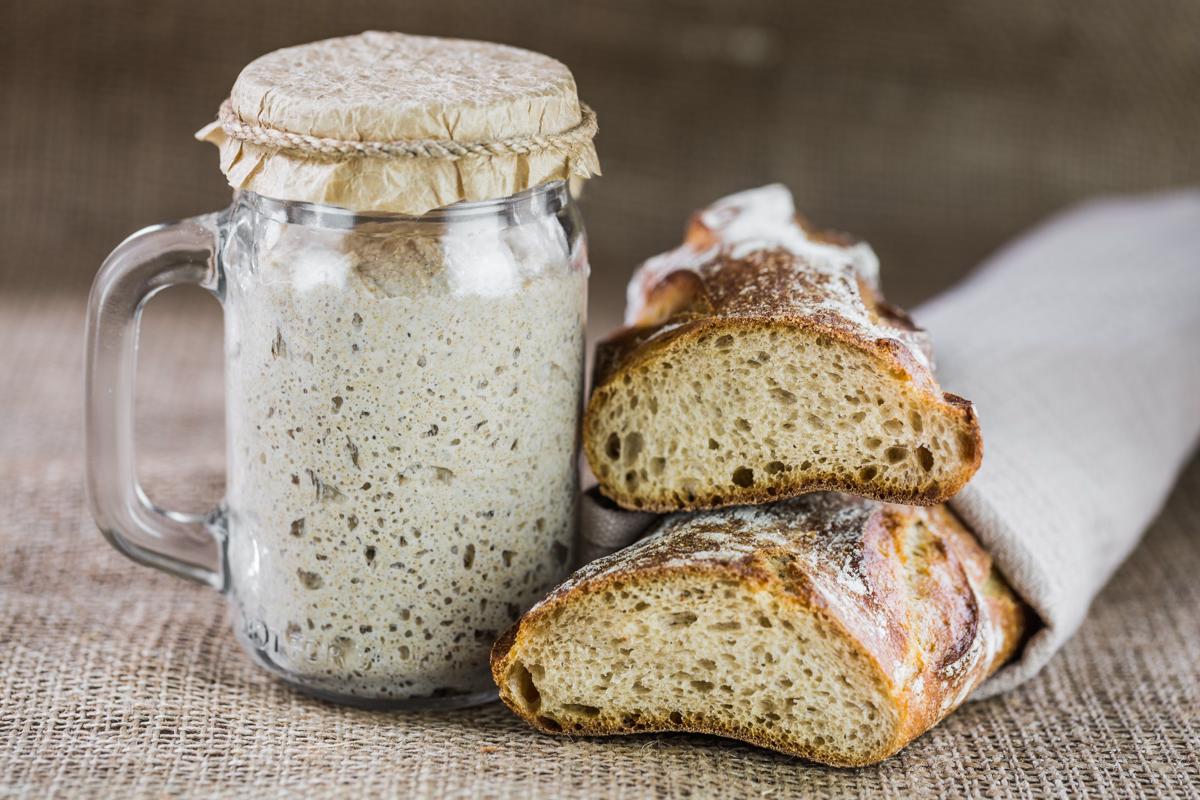
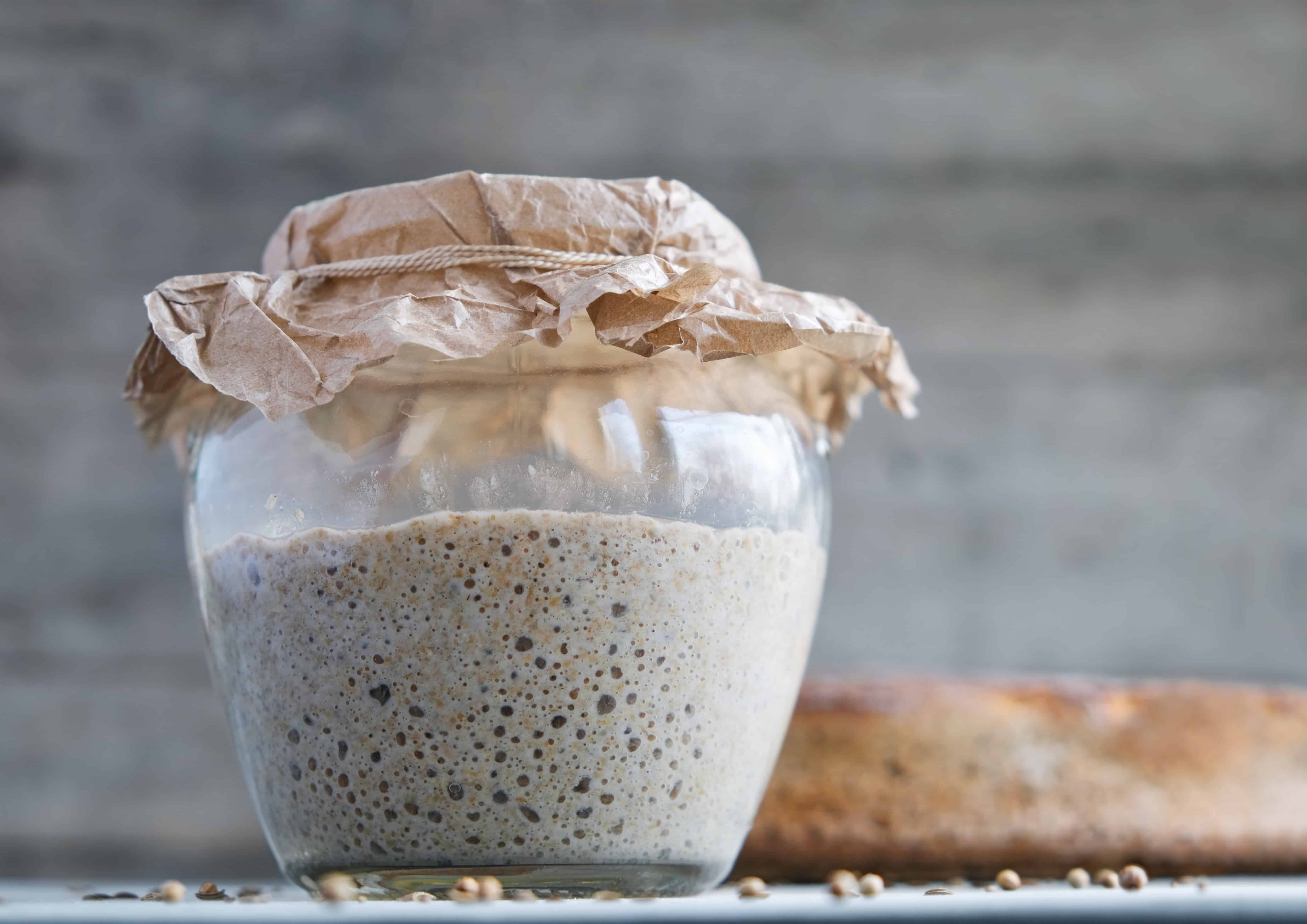
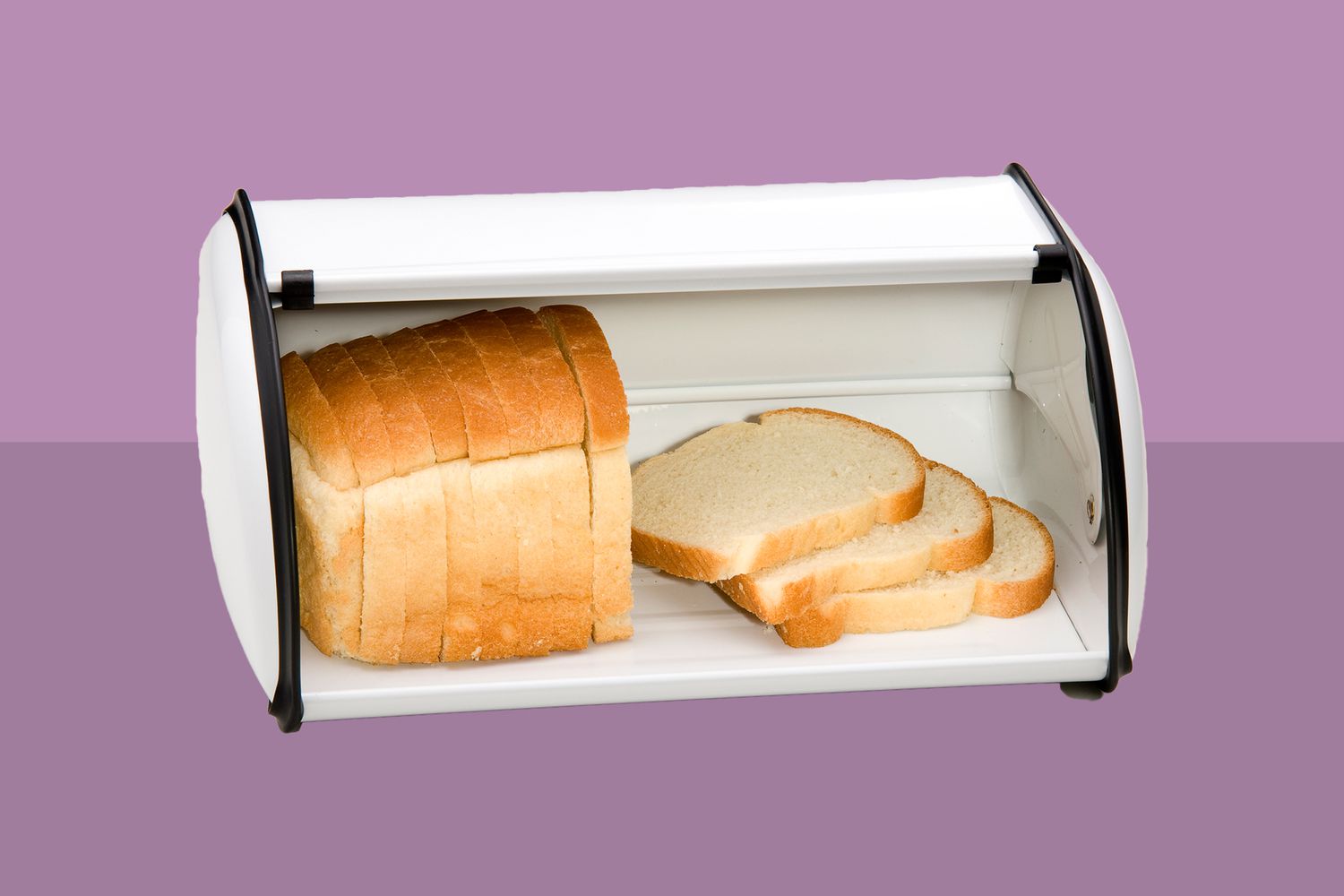
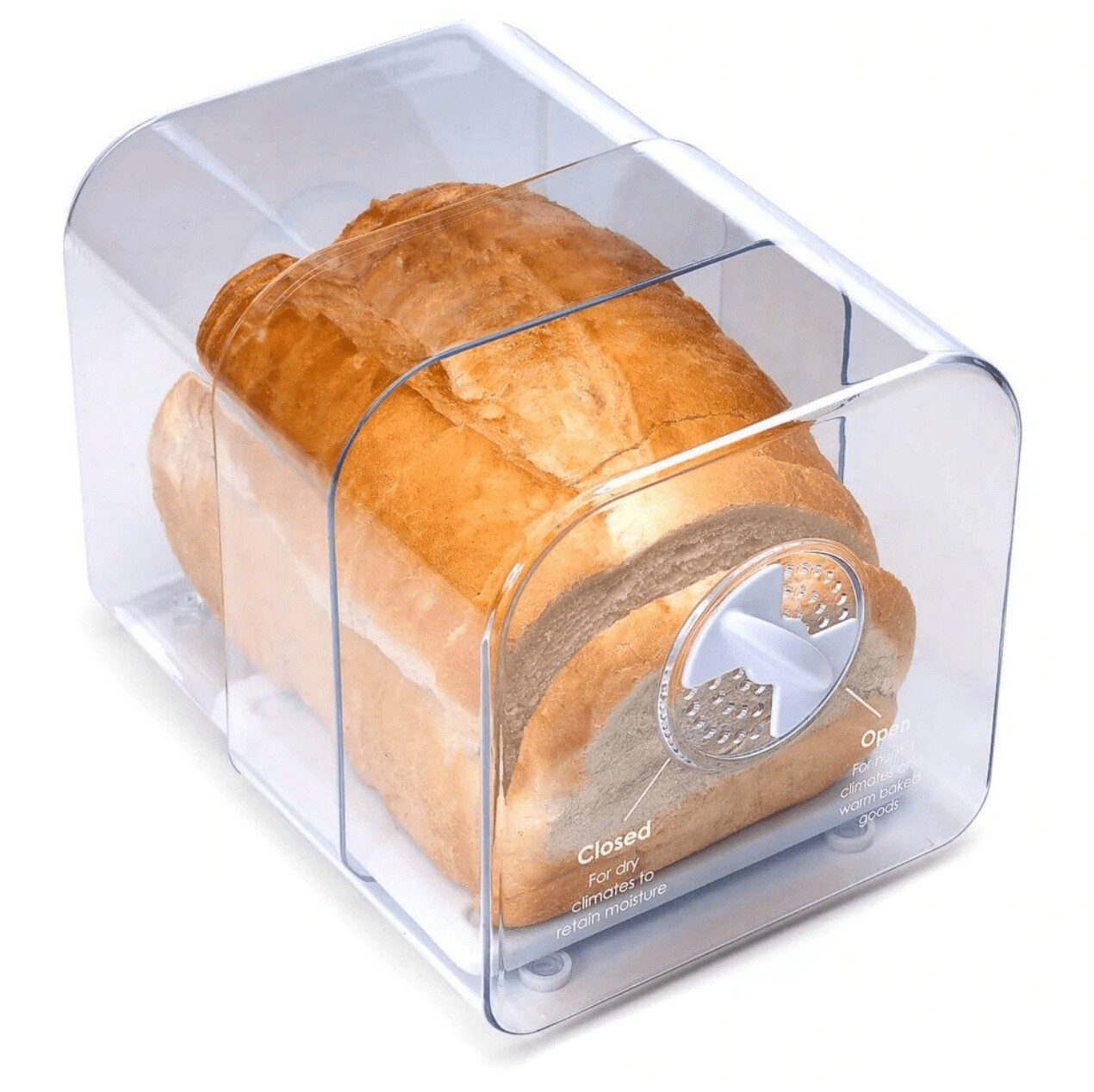
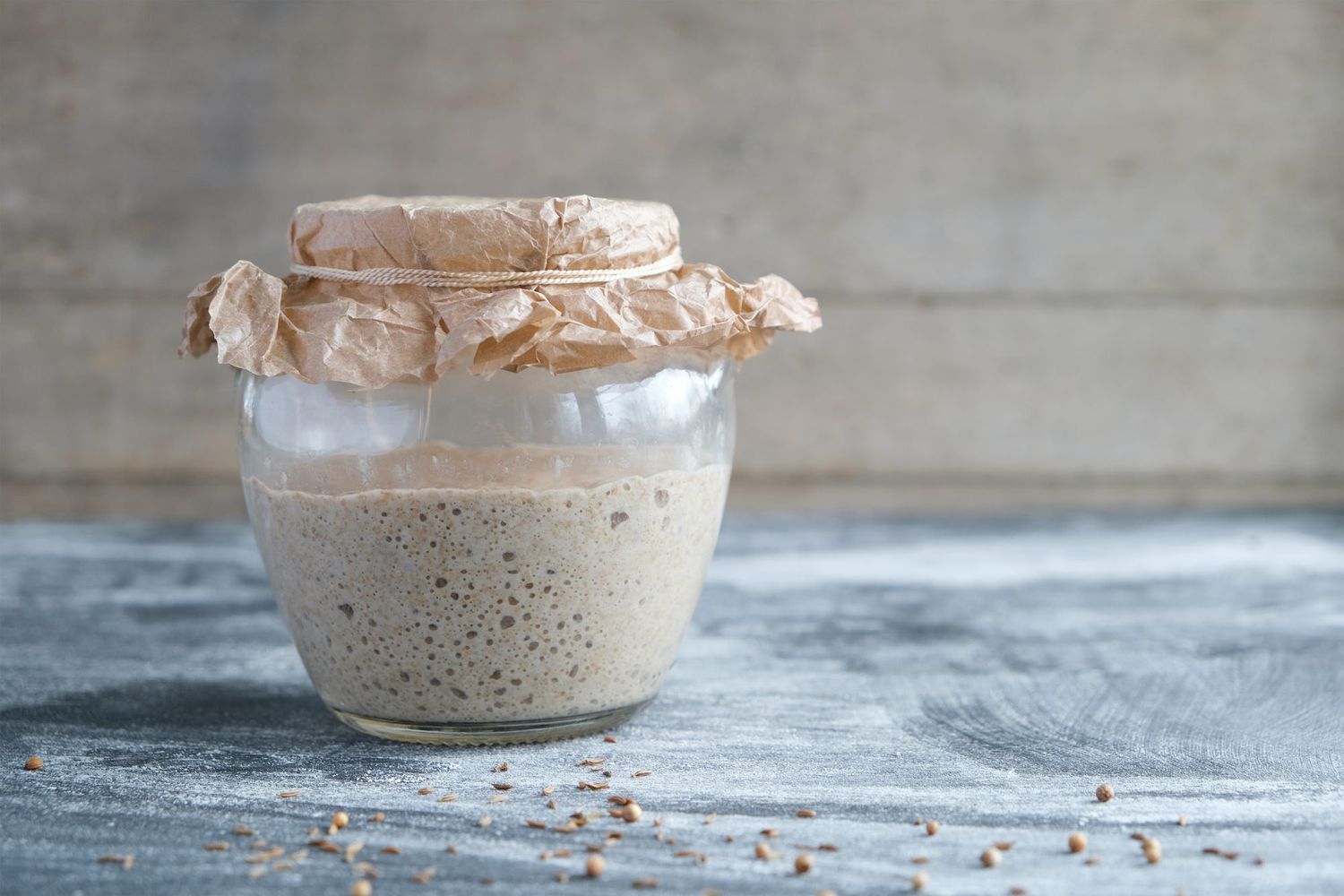
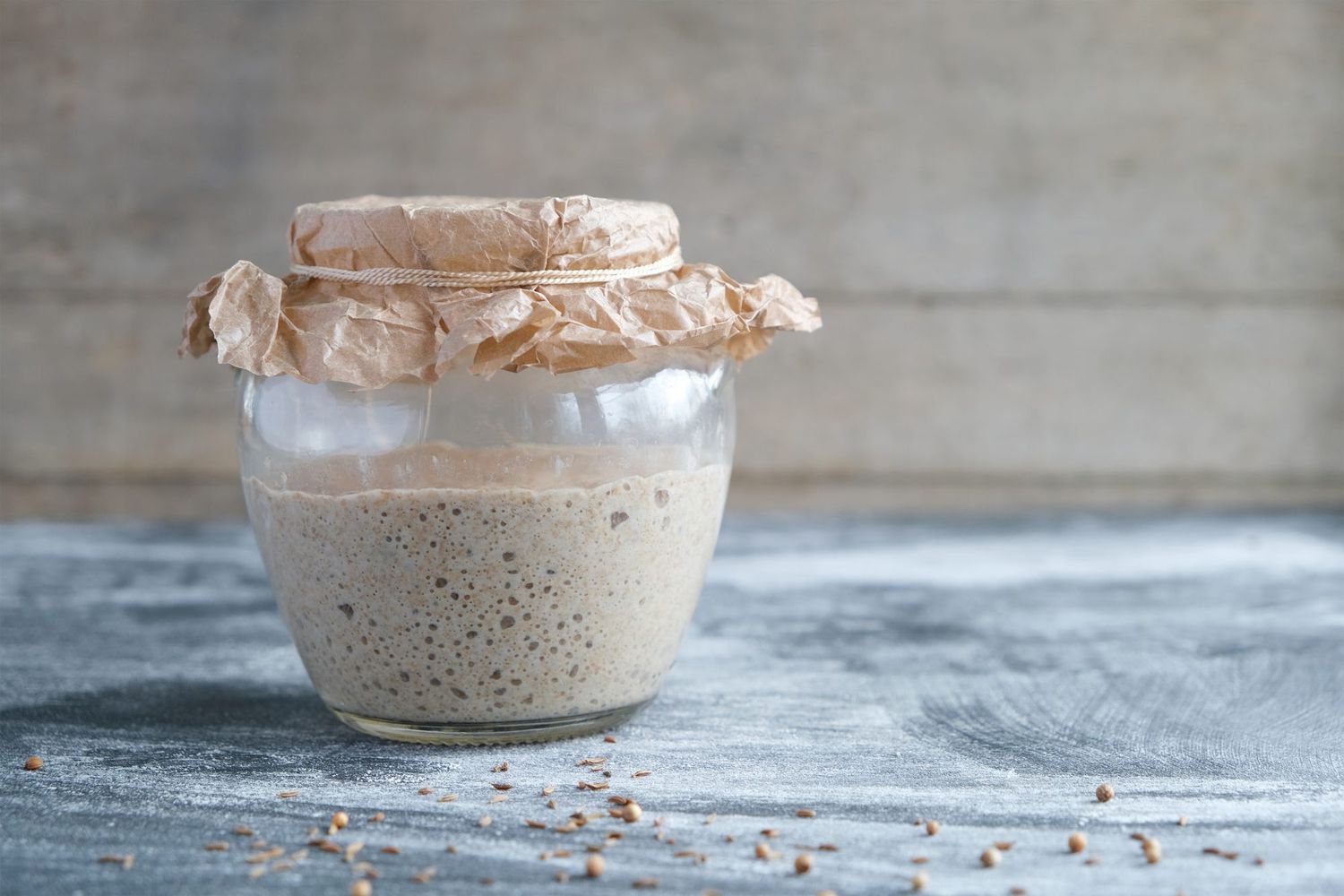

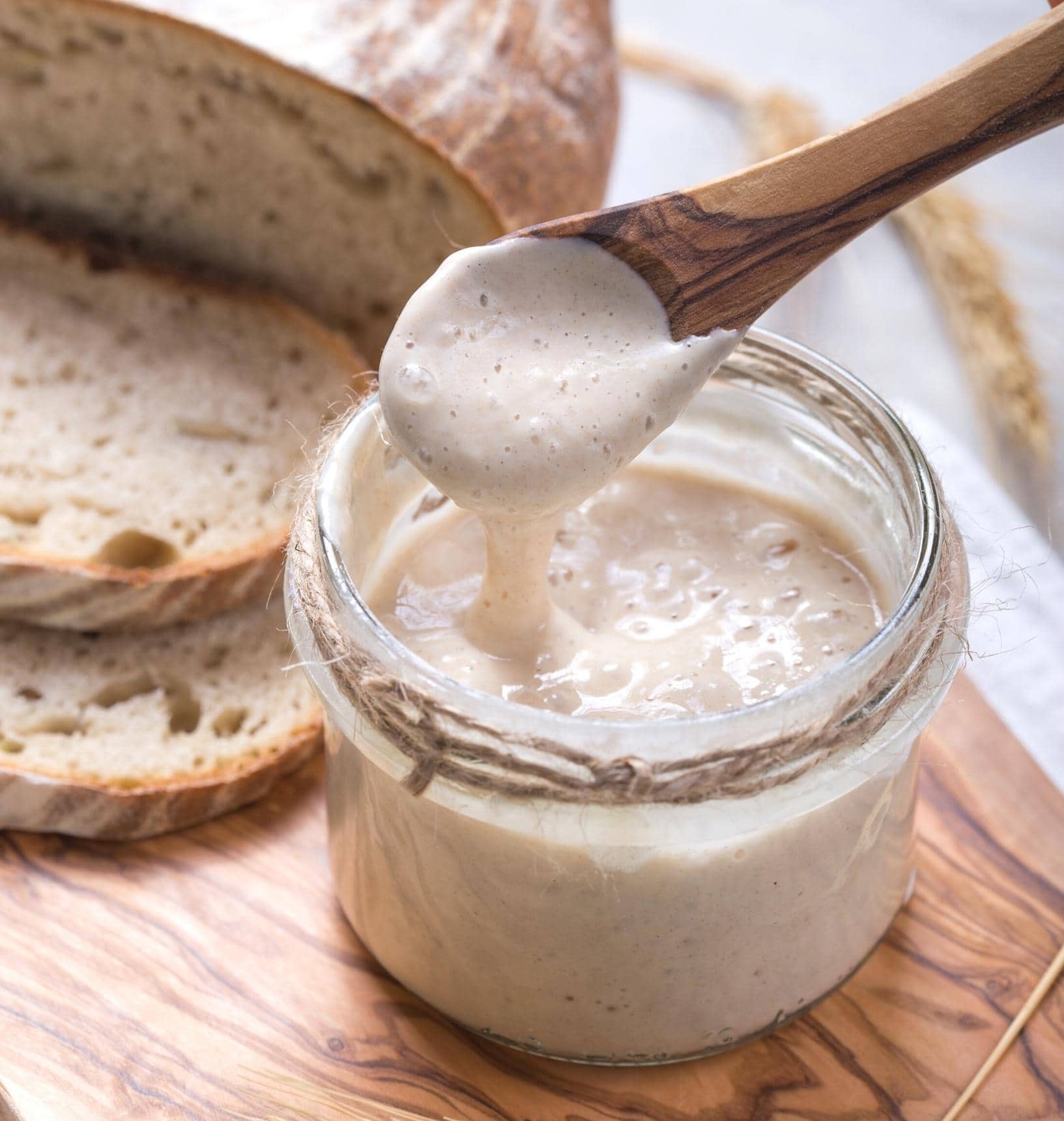
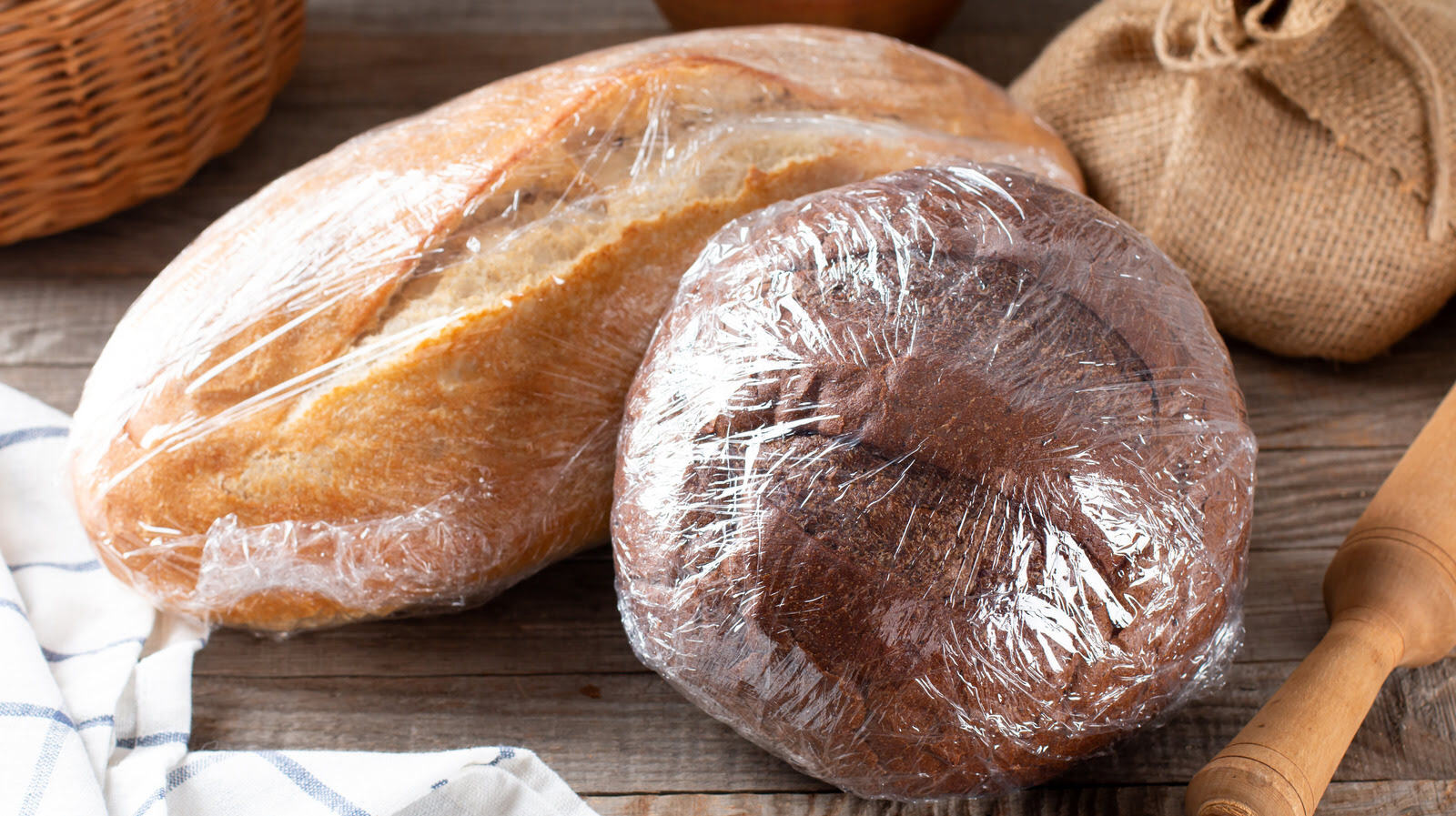
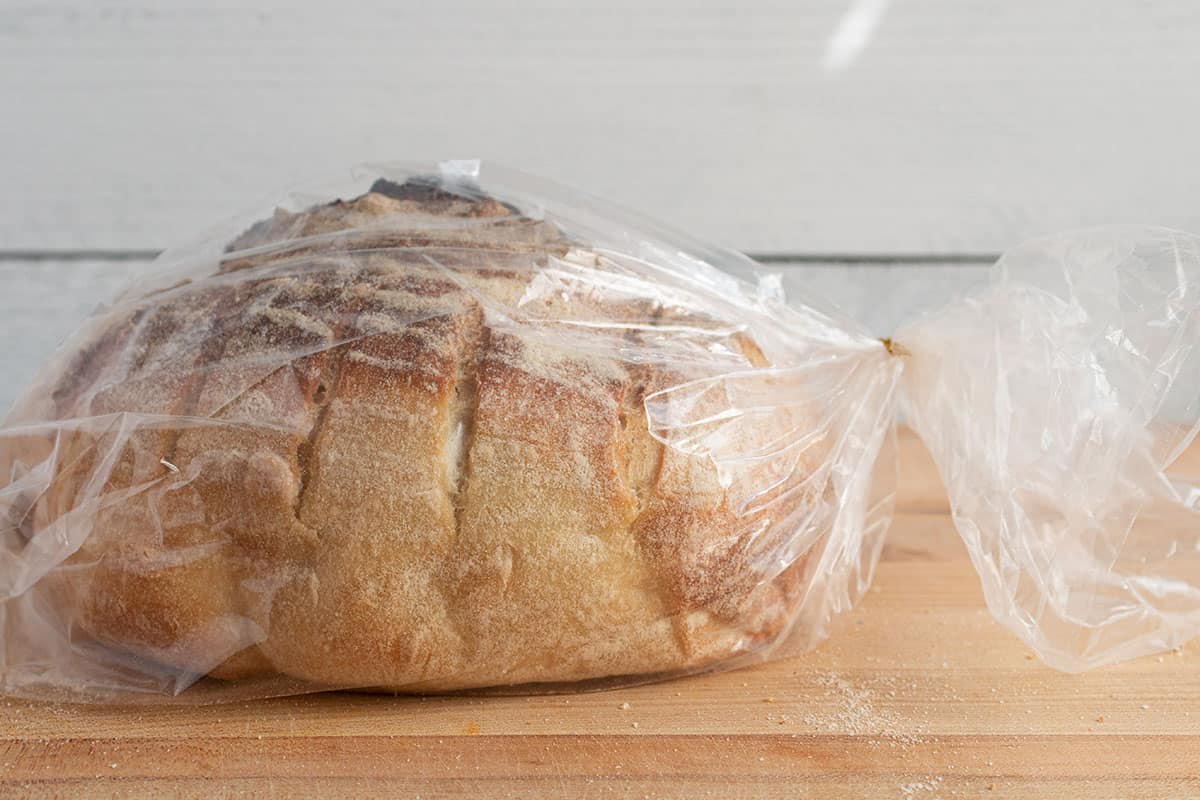
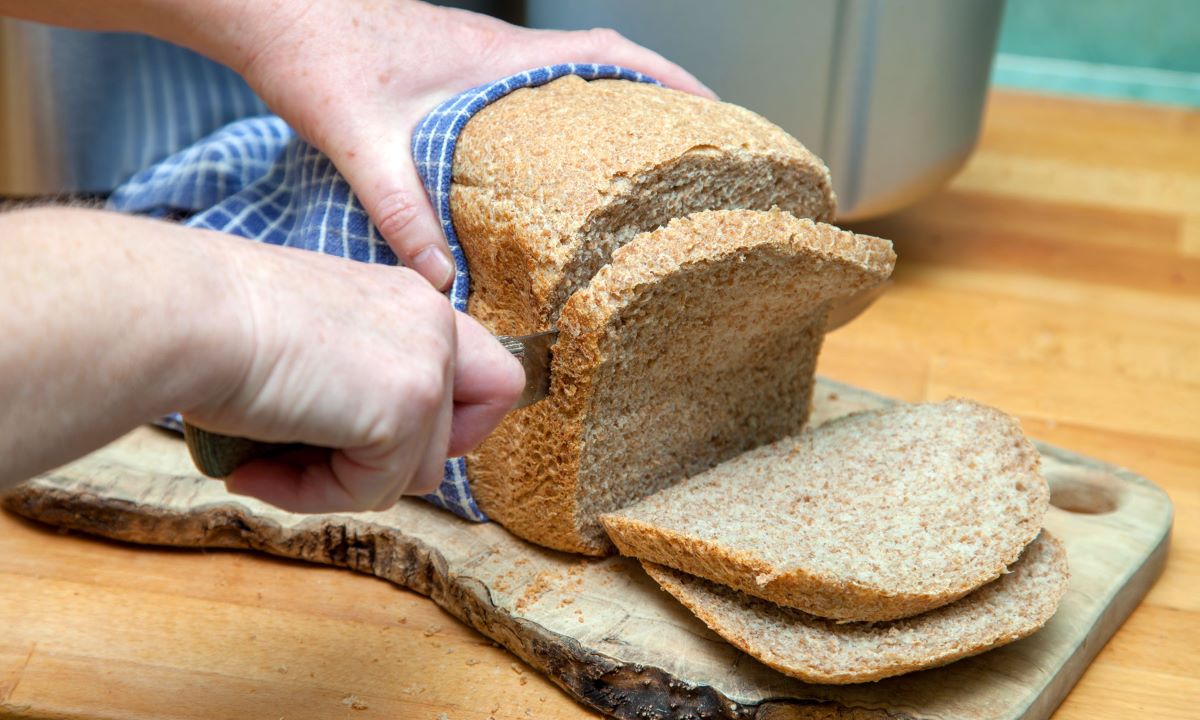
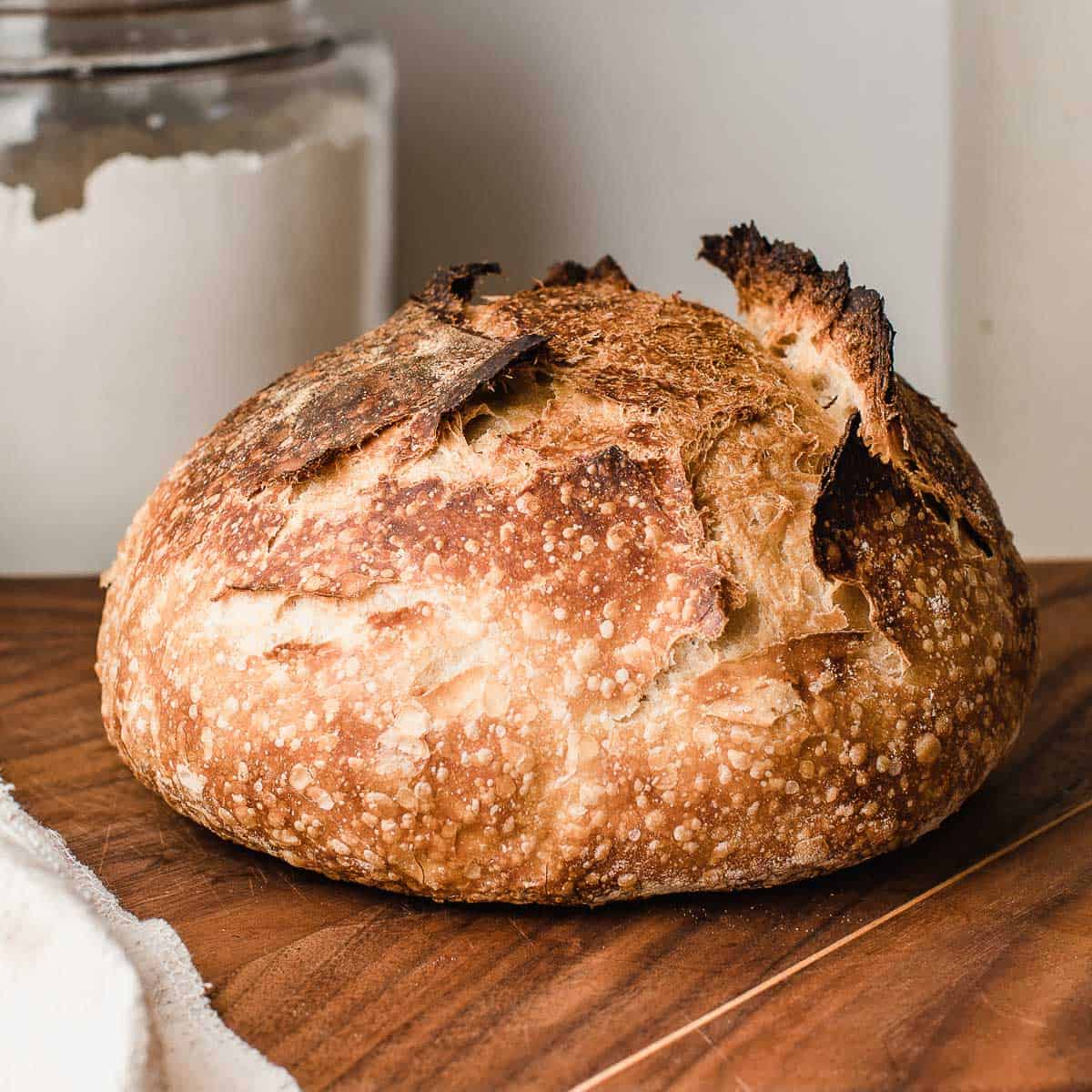

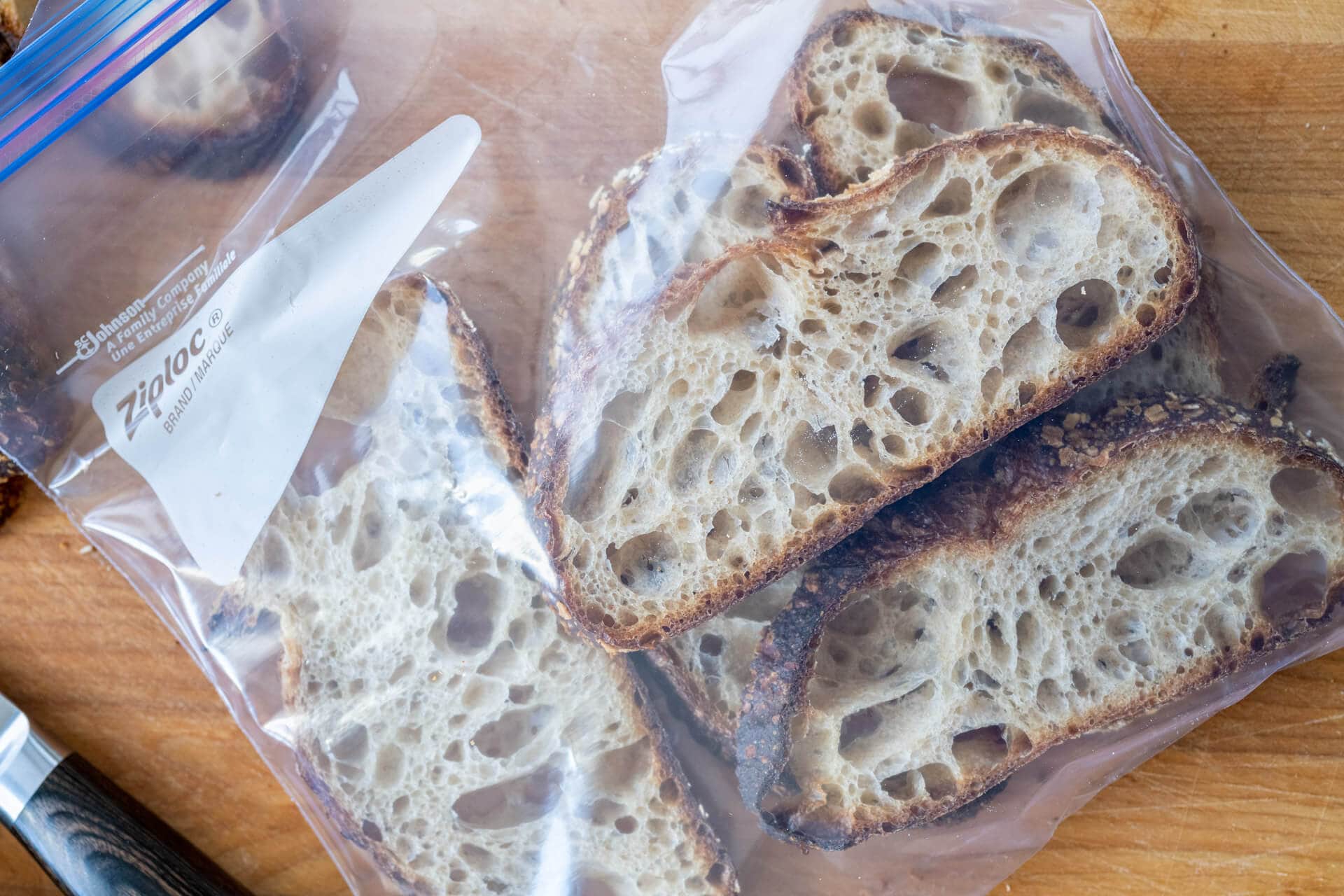

0 thoughts on “How To Store A Sourdough Loaf”